Yangon
Among the main attractions in Yangon is the Shwedagon Pagoda, a huge gold-roofed Buddhist temple. Sunset is an excellent time to go as the dome will be gleaming beautifully in the orange sun.
Apart from the pagodas, some people might feel that Yangon is not particularly rich in major ‘sights’ or museums, but I think there’s plenty to experience. You can have a wander through the streets and markets, or sit down in a tea house and watch people go about their business. Chinatown is a great area for street photography or to sample some very yum street food.
Interestingly, motorbikes are outlawed in Yangon. According to rumor a well-placed individual in the army had once been in a motorbike related accident, and then decided the city could just as well do without them. I am not sure if this is exactly how this law came to be, though it has resulted in the streets of Yangon having a relatively quiet and pleasant character.
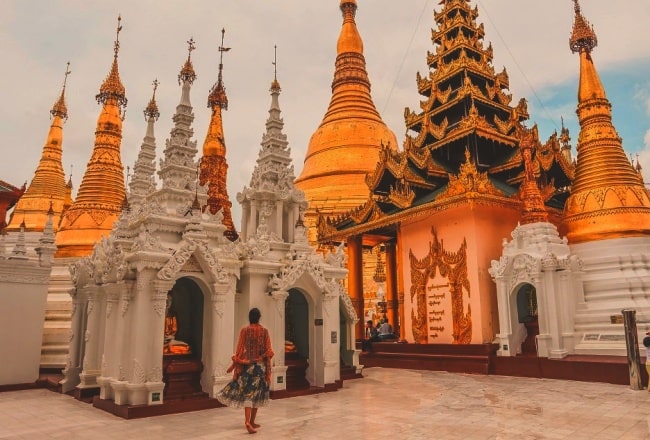
Mandalay
Mandalay is the second largest city, and it’s mainly a great base for daytrips to various sights in the area. You can take a taxi or rent a scooter and make your way to the U Bien Bridge, Myanmar’s iconic 2.5 km long teak bridge across a lake, which is also the cover image of many Myanmar guidebooks. Another popular sight is Mandalay Hill, which has some great viewpoints where you can see the entire city below.
With lots of motorbikes and many power generators set up outside of buildings (as backups for use during power cuts), Mandalay is not quite as walkable or as tranquil as Yangon. Still, there is a lot of interesting city life to see here, and you’ll find various markets with great Burmese street food.
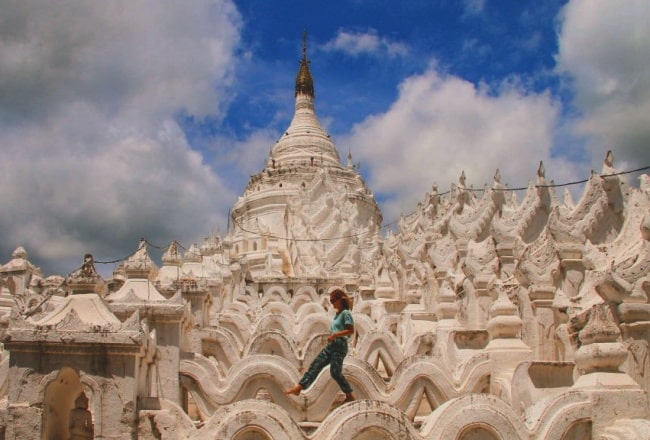
Bagan
With over 200 temples dotted around the landscape, Bagan is quite the sight. You can explore the area on your own by foot or by renting bicycles, or get a guide with horse carriage to ride you around.
A few of the temples you can climb on top of, and these make for perfect viewing points at sunset. Don’t miss this spectacular panoramic view! (It’s easiest to ask your guide or hostel where these particular temples are.)
Seen as a whole the temples of Bagan are especially impressive, though it’s maybe worth saying they’re fairly identical when exploring up-close, and many of the temples are essentially empty inside. By the time you’ve seen your tenth temple you’ll probably be ‘templed out’, but I’m only saying that to temper expectations slightly. You can easily spend a full day exploring the area.
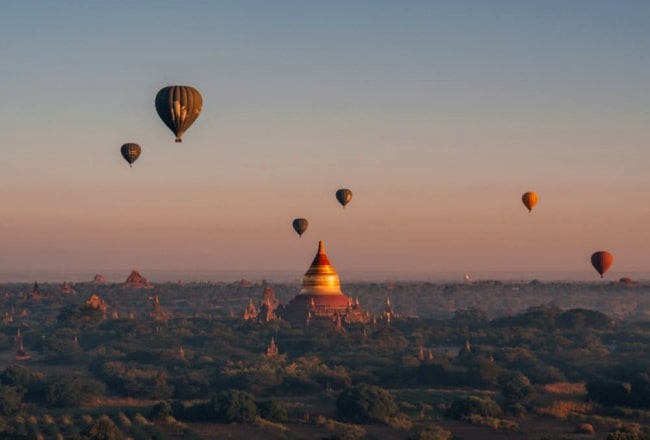
Lake Inle
Lake Inle is the second big attraction in Myanmar after Bagan, though unlike the rest of the country things can feel decidedly inauthentic here. If you go on one of the boat tours, you’ll likely be dropped off at various tacky souvenir shops. Some of these shops have a member of the long-neck Karen tribes almost as a kind of human display. While the lake is beautiful, it’s becoming full of noisy longboats and there have been alarming reports about the ecological impact of tourism on the lake. Maybe these boat tours can be skipped. (They’re not so special anyway.)
The town of Nyaung Shwe is the main travel hub in this area from which to go on excursions. A worthwhile trip is to Inthein, a sort of mini version of Bagan. The hundreds of small crumbling temples and stupas here are overgrown with gnarly trees and foliage, giving these ruins a bit of an Indiana Jones feel.
A good way to see the beautiful nature near lake inle—and much less tacky or invasive than the boat tours—is to go on a trek. I did a 2 day trek from the town of Kalaw to Nyaung Shwe which was very enjoyable.
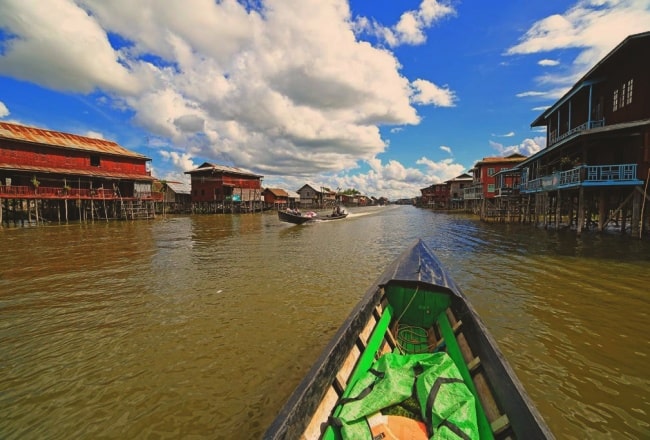
Train to Hsipaw
Riding a train in Myanmar is quite the experience! If you find enjoyment just in the act of traveling itself, I recommend taking a train in Myanmar at least once.
A popular route is the circle line in Yangon and you can read a great report about this on the blog Borders of Adventure.
Another recommended journey is the one between Mandalay and Hsipaw. You can get a minivan or taxi to the town of Pyin Oo Lwin first and then get on the train in the early morning, so you can catch the best part of the route.
It can be an uncomfortable journey though. If you are prone to motion sickness, the extreme swaying from side to side could easily trigger it.
The train crosses a canyon via the Goteik viaduct which was built during British colonial times. While crossing this bridge was not quite as thrilling as the guidebooks made me believe, this journey is more about seeing the beautiful landscapes passing you by.
It might also be just about the physical experience of being on a super old train. When it picks up speed you will surely be bouncing around the cabin, and you do have to watch your head if you’re near an open window as the trees and bushes get very close. At certain points during my ride, the train basically turned into a giant hedge trimmer cutting through the jungle, spraying leaves and branches into the carriage through the open windows.
Hsipaw is a great base for hikes in the area east of Mandalay. Since it’s at a higher altitude, it’s pleasantly cooler here compared to Bagan or Mandalay.
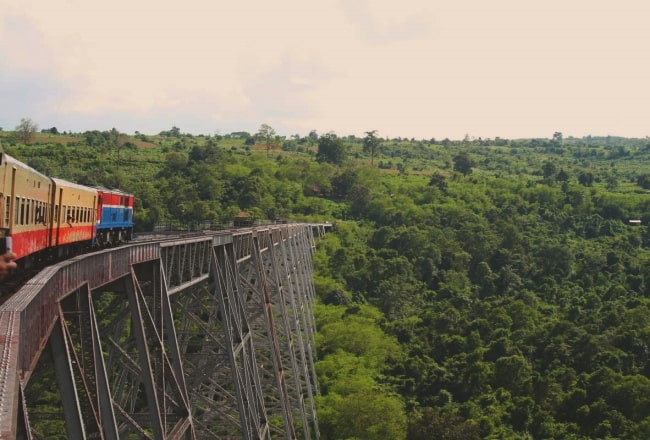
Kalaw
Located just 50m km from Inle Lake, Kalaw is a lovely town and serves as an ideal base for the famous Kalaw-Inle Lake hike. Check out the local market where you can try the traditional shan noodles and purchase a bottle of local wine. There is also a nice spa and wellness center located just a short walk from the train station. They offer everything from massages to foot scrubs and manicures at a fair price.
Many backpackers spend only one night here before going on a three-day hike to Inle Lake. The trek has become popular over the last couple of years and allows you to admire the beauty of the surrounding mountains and see the small picturesque villages along the way.
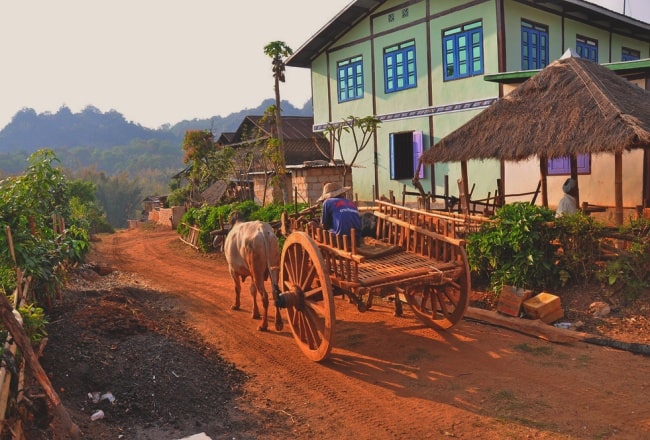
Ngapali Beach
If spending a couple of days on stunning beaches in a tranquil environment sounds like something you would enjoy, I recommend paying a visit to Ngapali Beach. You can go on fishing trips from the beach or join one of the boat tours.
The only downside is that accommodation can be expensive here, but you can always go down the coast to places like Ngwe Saung where it’s easier to get better deals. Keep in mind that from May to October it’s not recommended to visit the beach because of the monsoon season.
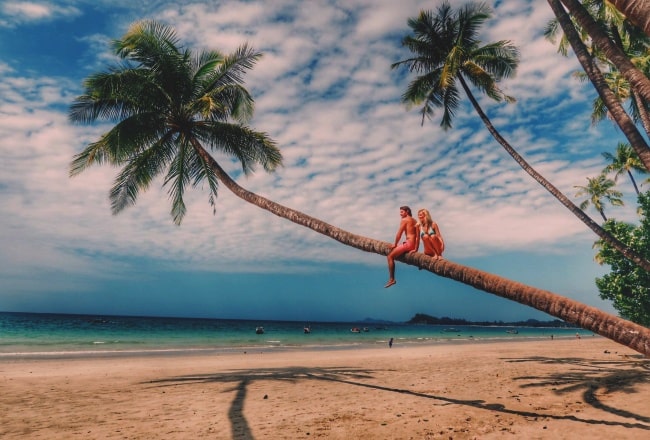
Kyaikto
A part of the Kyaikto Township in Thaton District, Kyaikto is an ideal base to see the Golden Rock which is one of the most famous landmarks in the country. You can climb the mountain in about 45 minutes to see the Golden Rock (Kyaiktiyo Pagoda), a well-known Buddhist pilgrimage built on the top of a granite boulder.
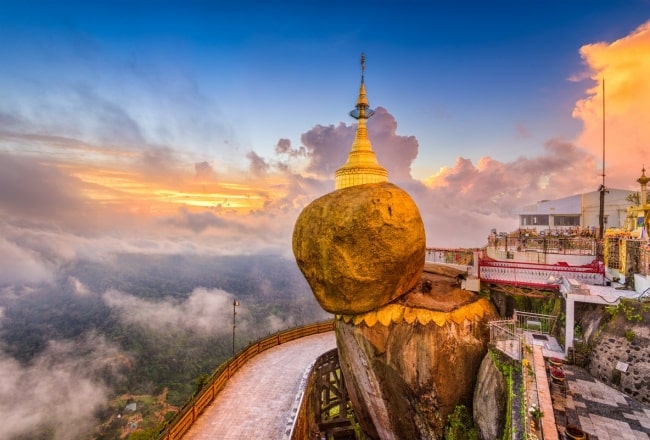
Mount Popa
Rising about 1,500 meters above sea level, Mount Popa is a great place to visit while backpacking through Myanmar. Located in Mount Popa National Park, this place is actually an extinct volcano with a lovely monastery on the top.
There are 777 steps to climb to reach Mount Popa. Luckily, the stairway to the top is covered and along the way, you will come across many locals selling everything from flowers to wooden handicrafts. There are also many monkeys along the staircase and what’s even better; you can see them in the monastery itself. The views from the top are breathtaking. If the weather is nice, you can see the Irrawaddy River from the top of the mountain.
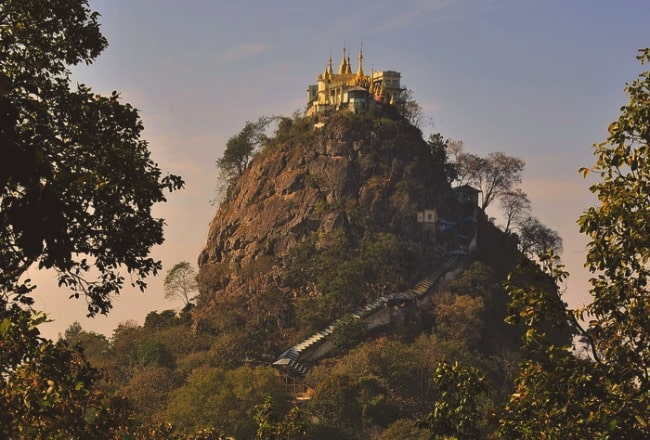
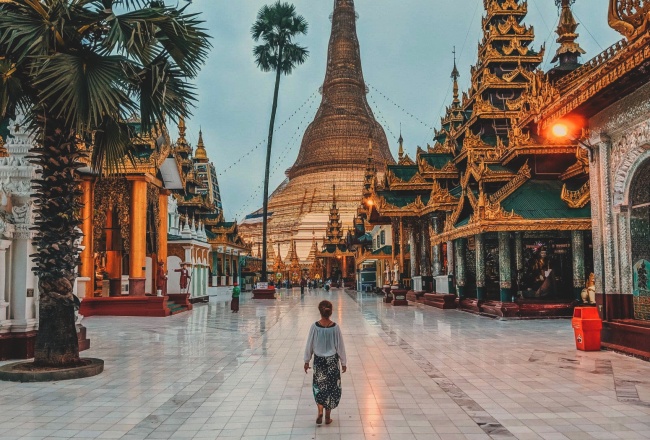


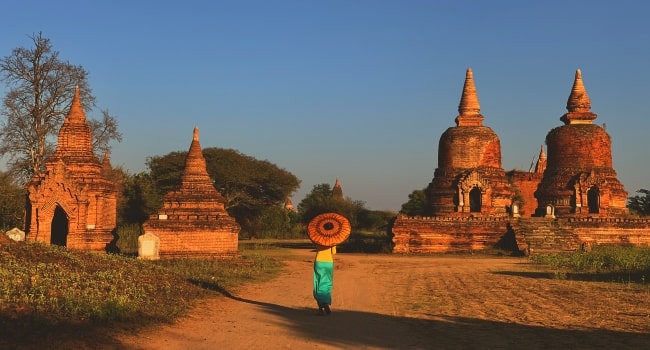

 08/01/2026
08/01/2026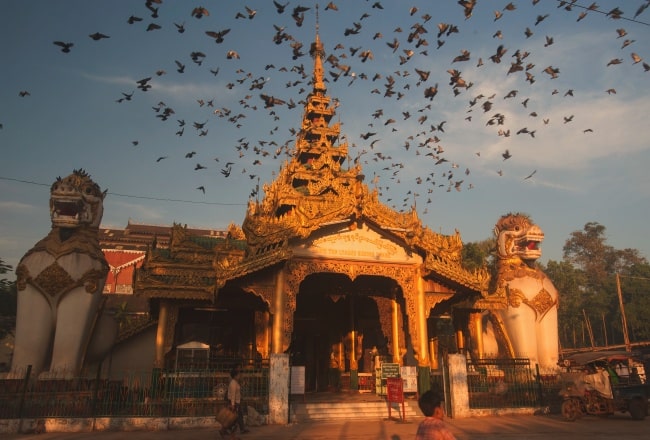
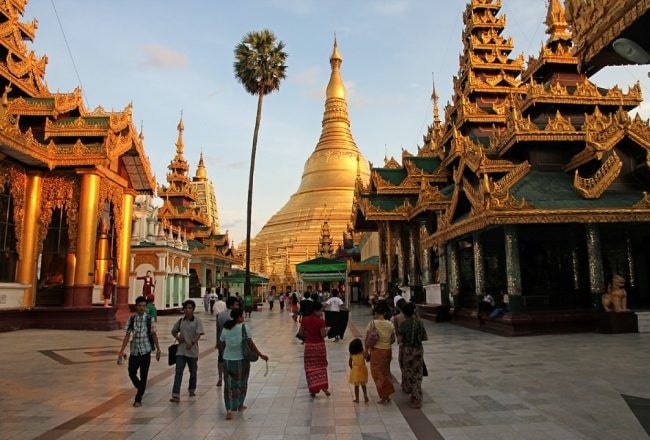
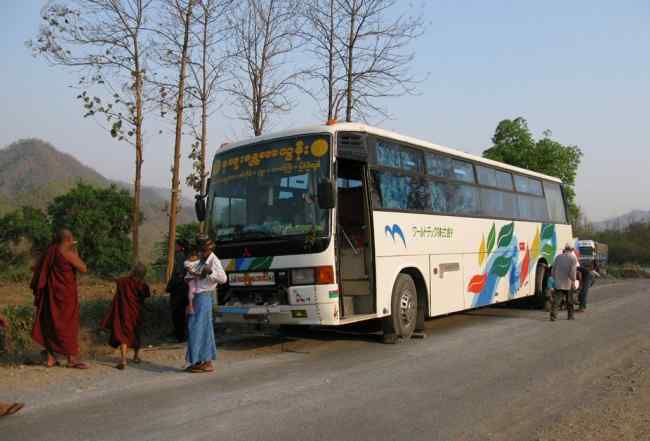
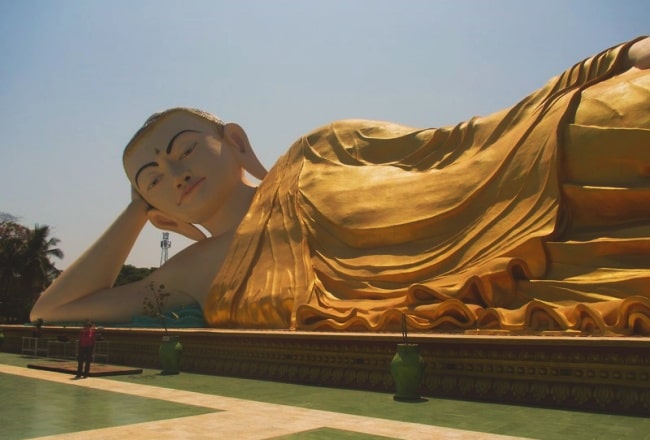
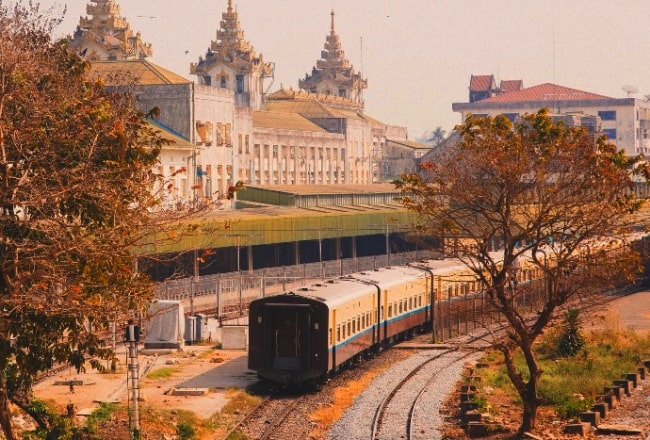
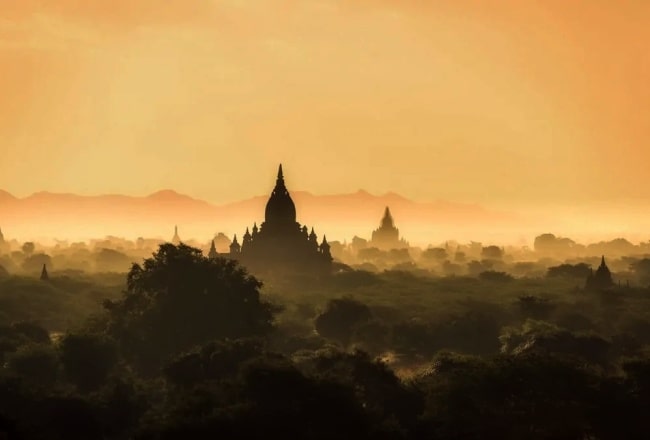
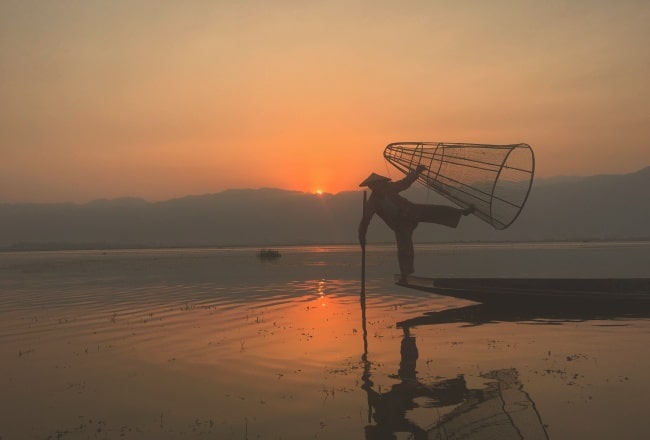
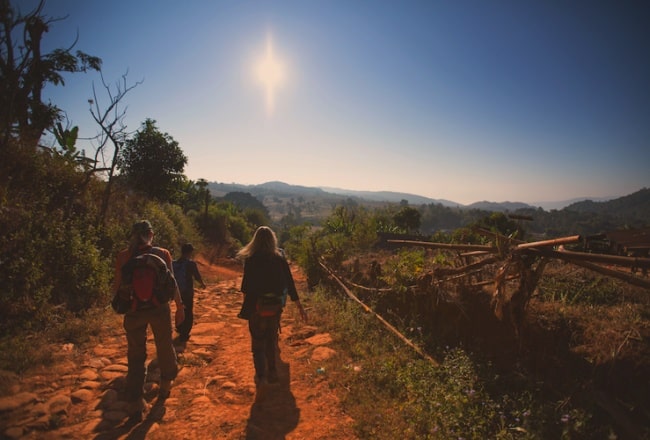
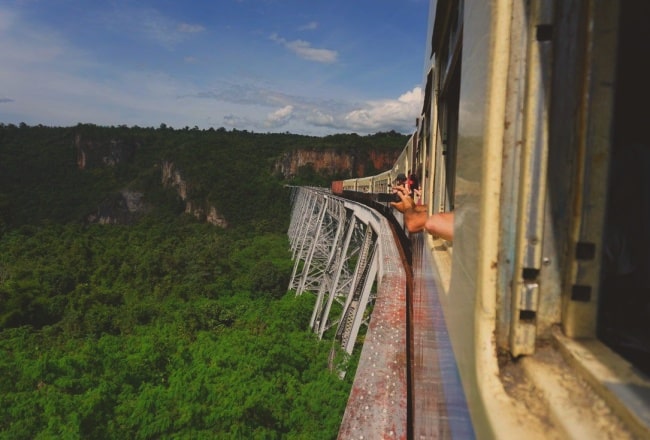
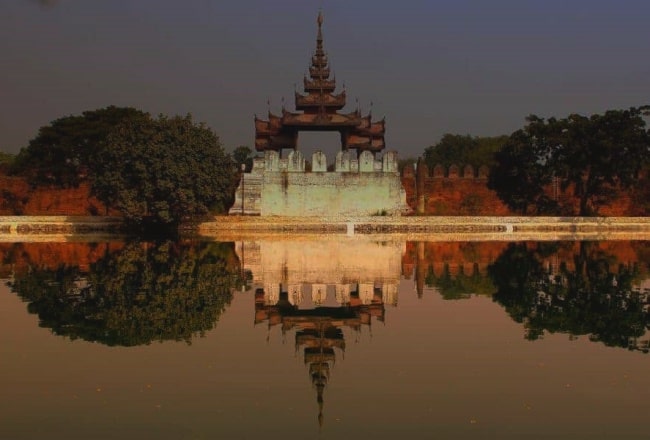









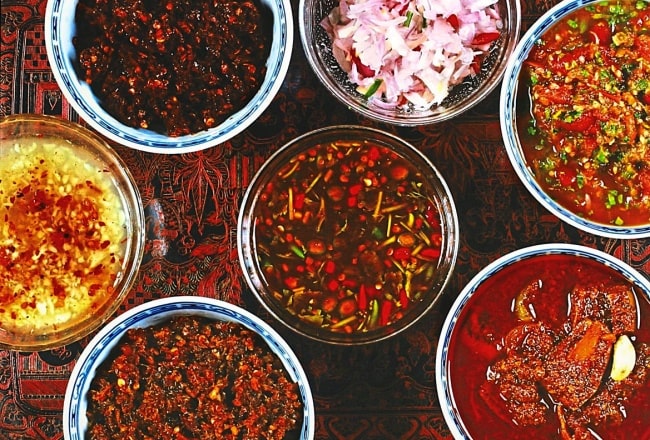
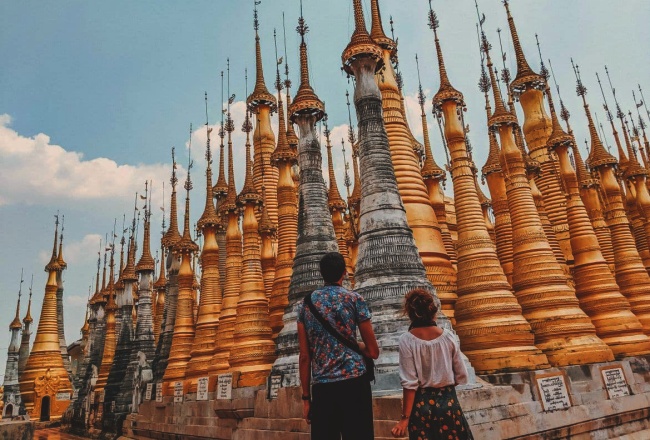
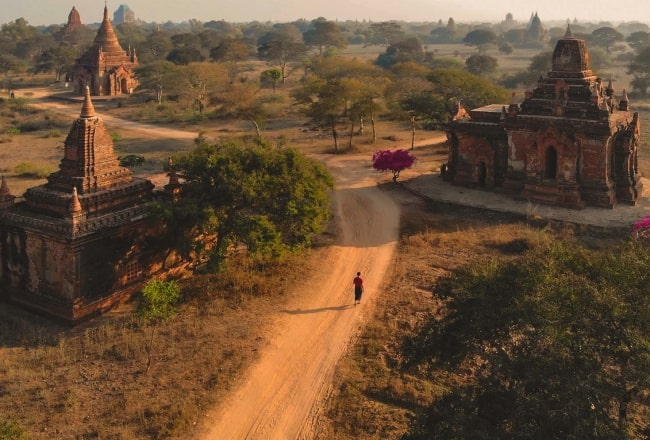
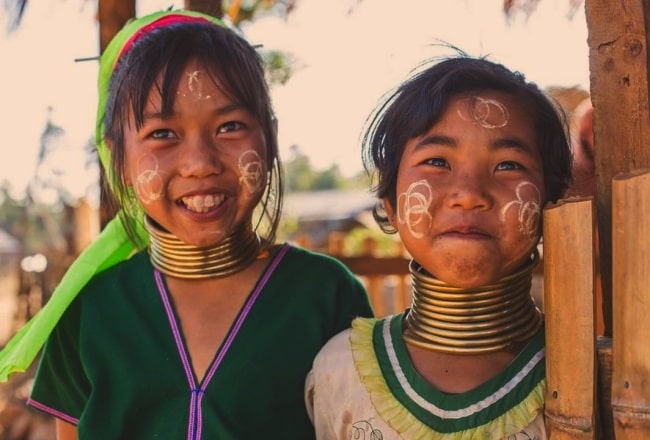
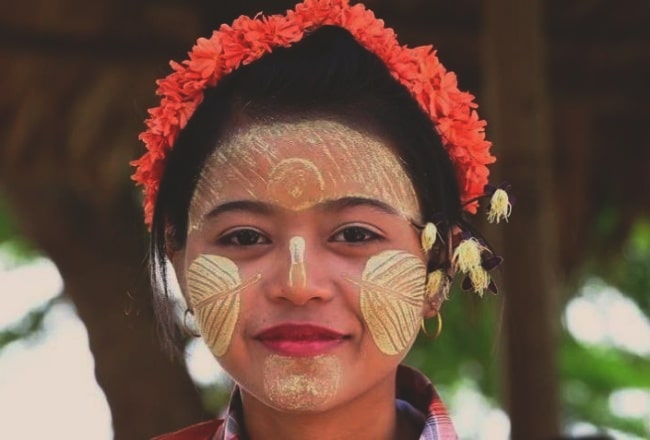
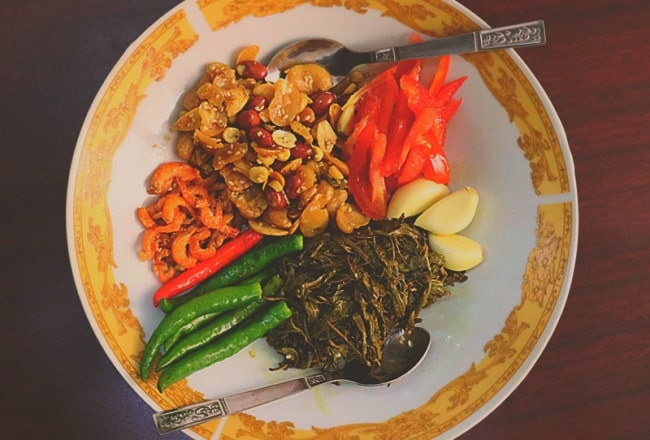
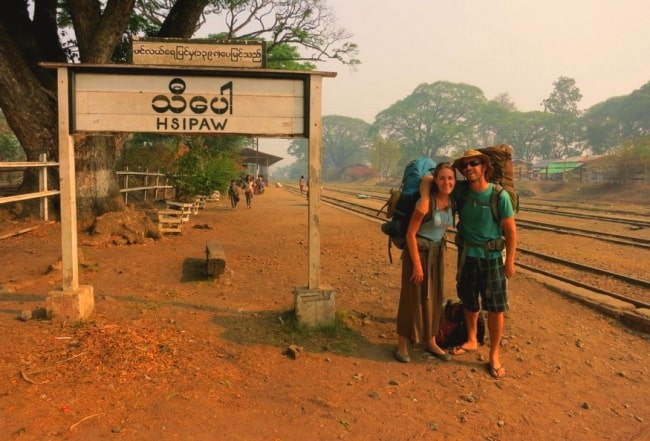
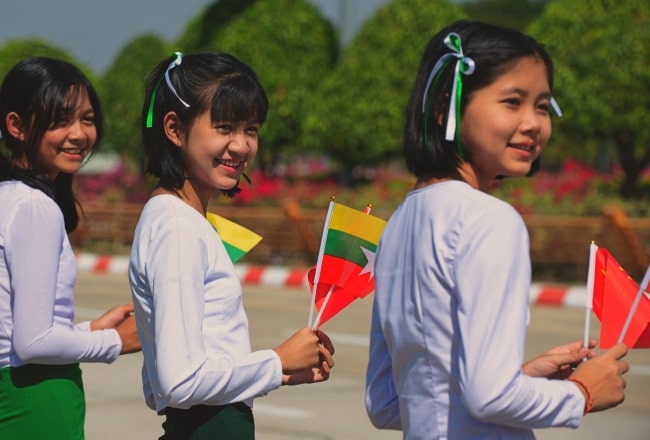
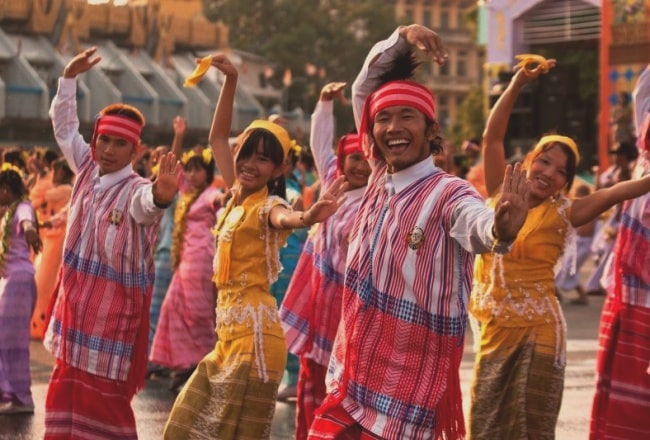
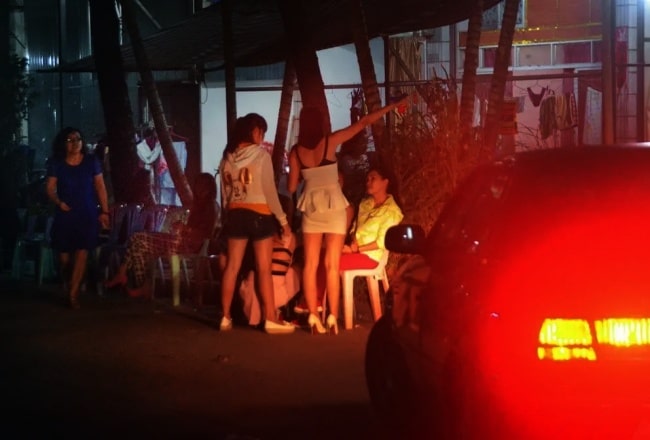
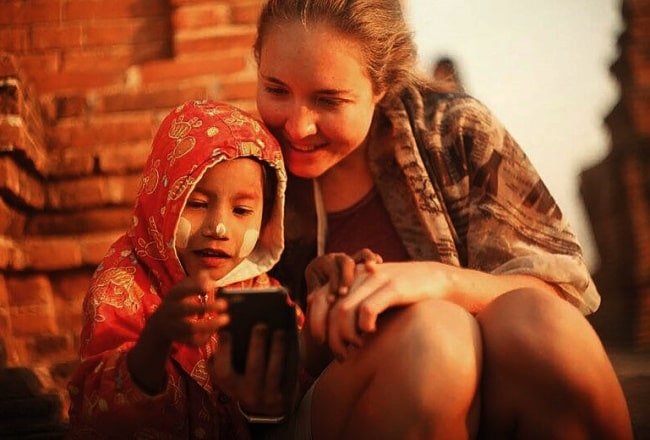
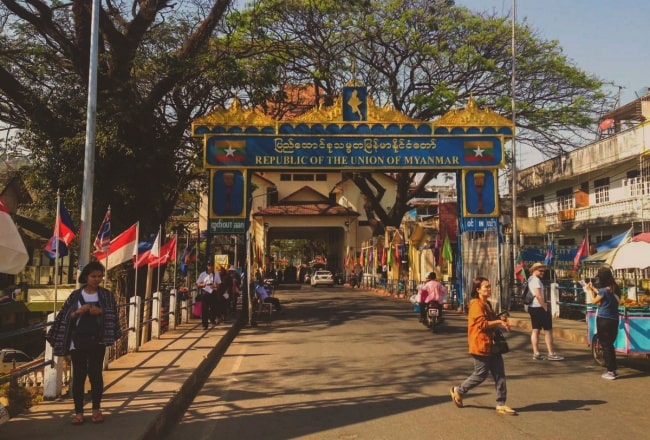
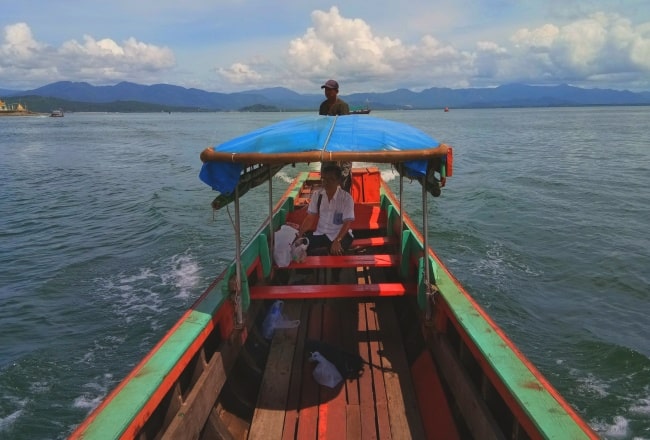
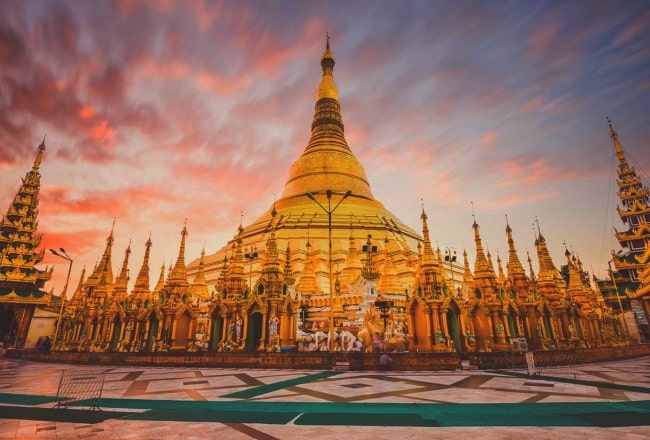
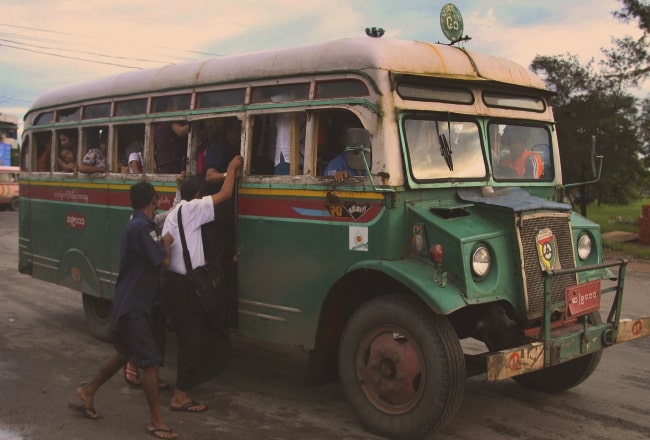
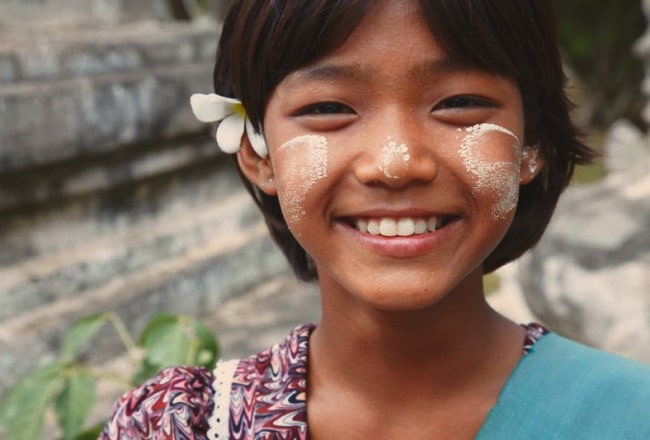
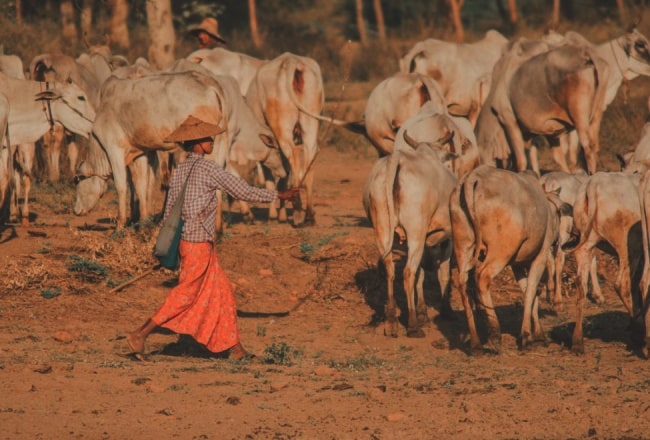
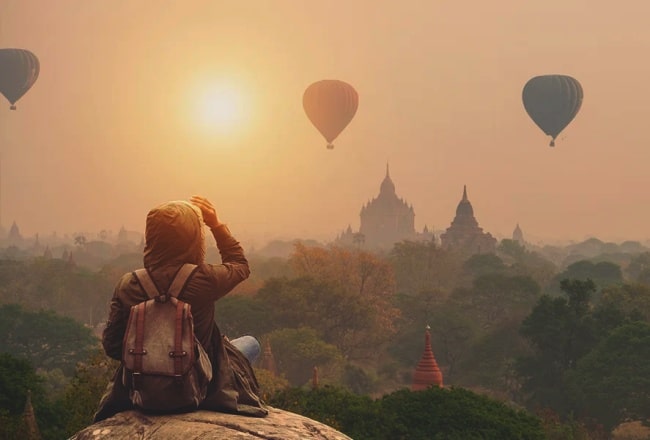
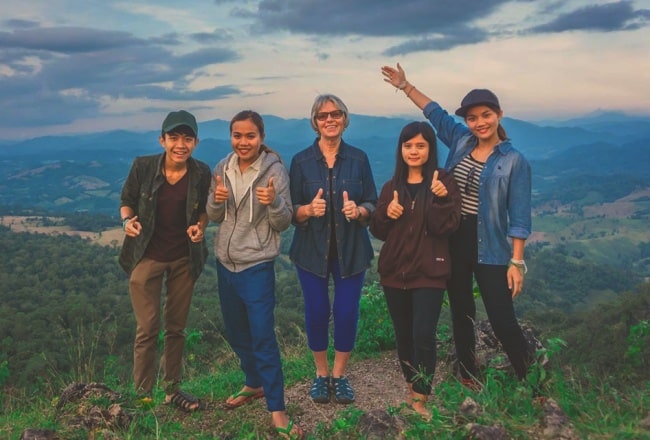
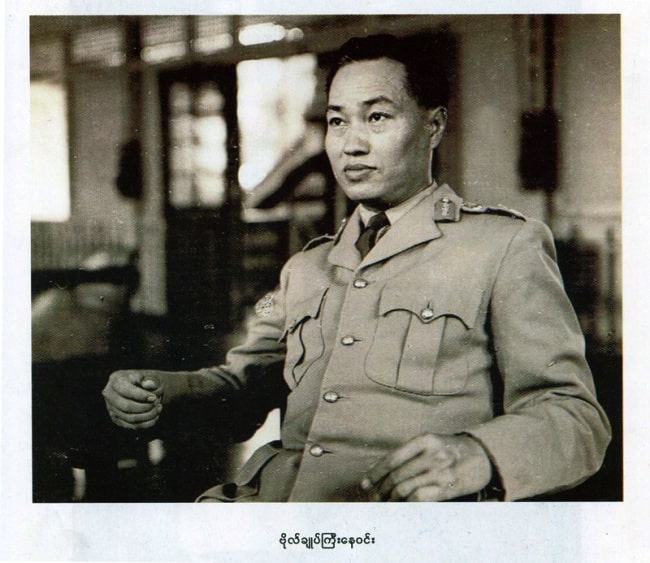
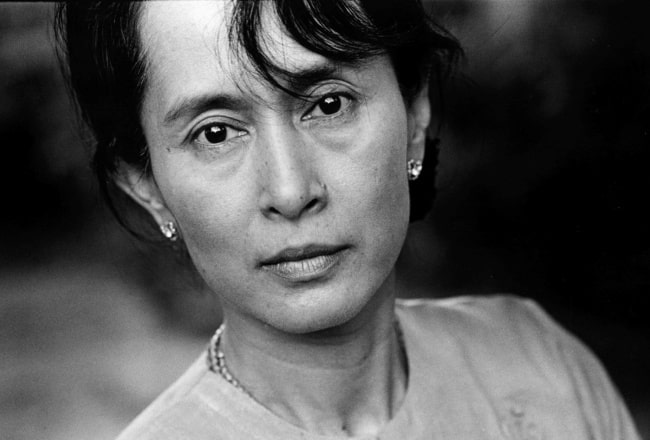
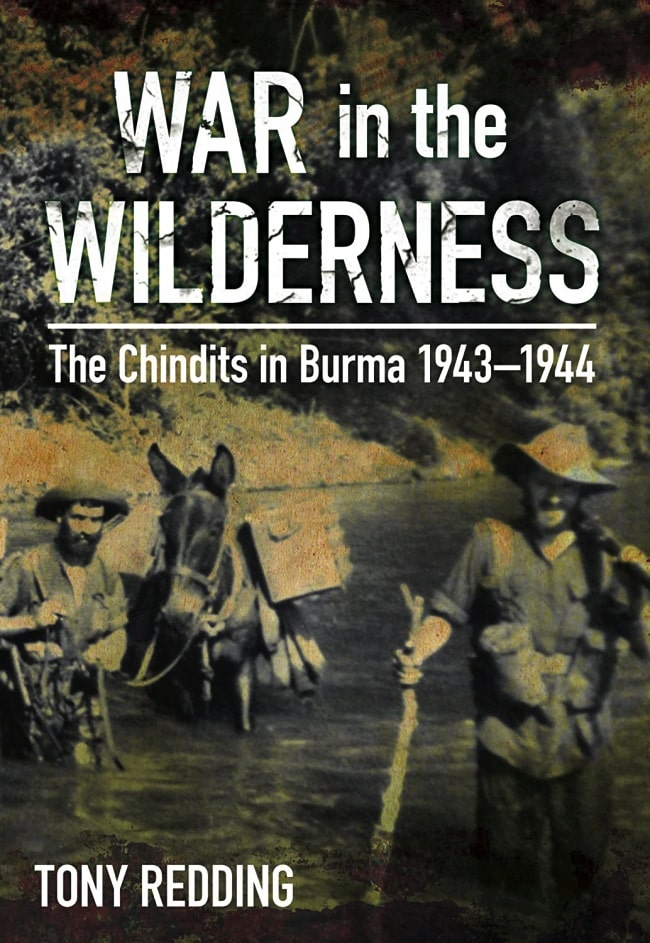

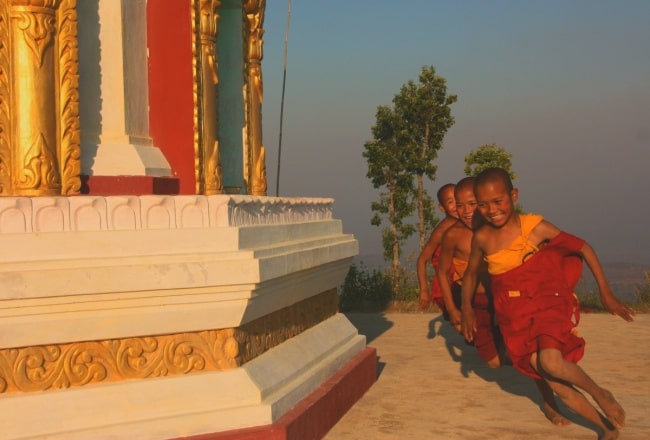
















Jordan VituHello, my name’s Jordan and I’m obsessed with travelling overland. Seeing how cultures change while travelling slowly captivates me; and doing so in an eco-friendly way, preserving the cultures and landscapes that so many travellers yearn to explore, has given me my travelling purpose.